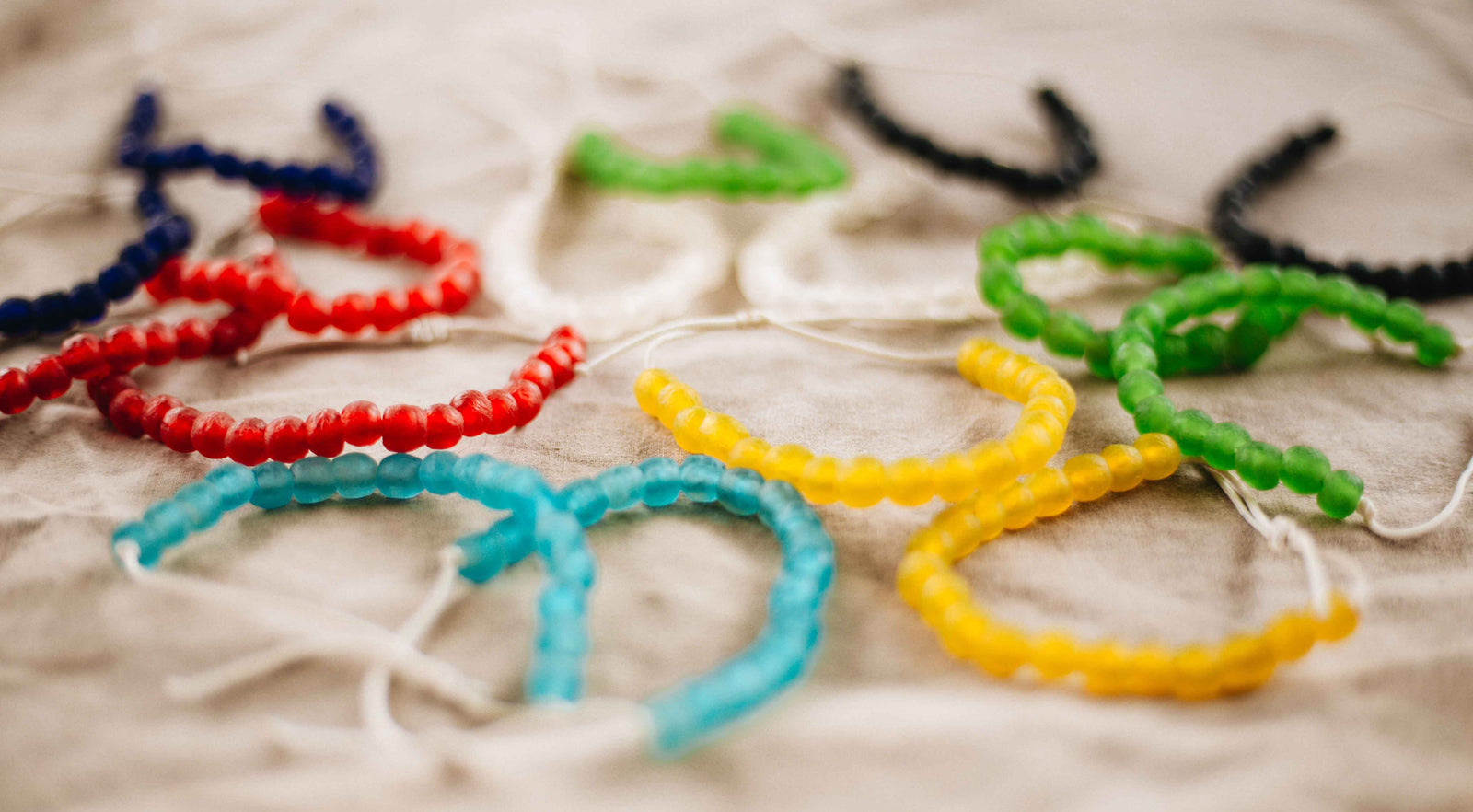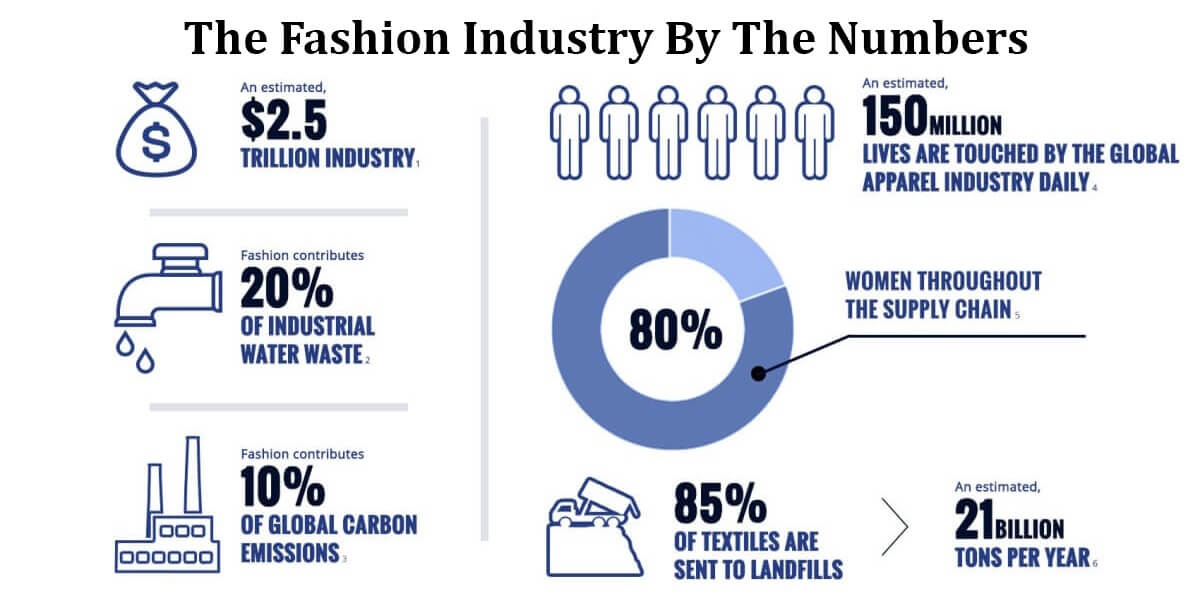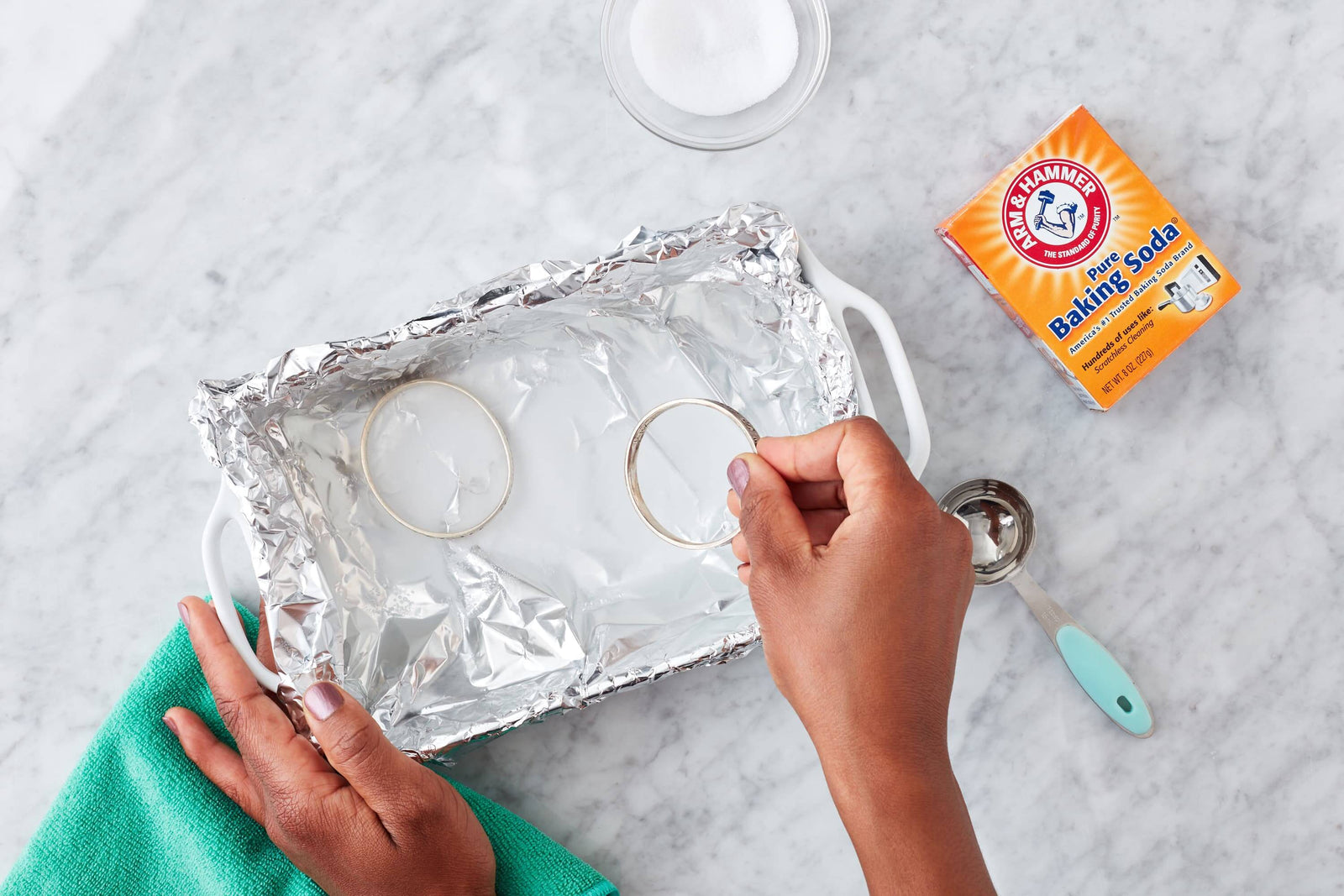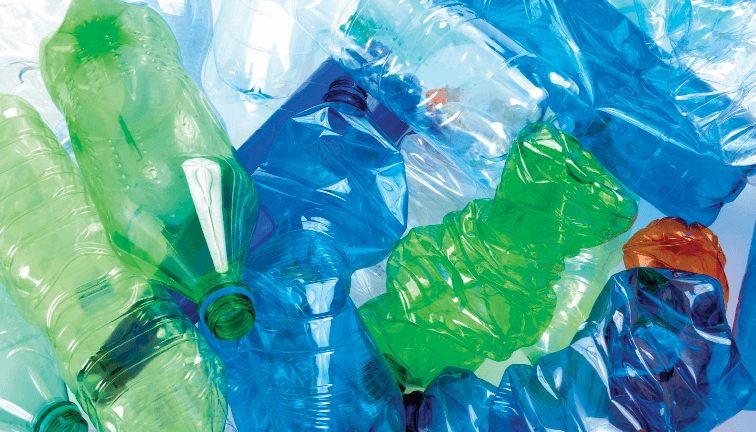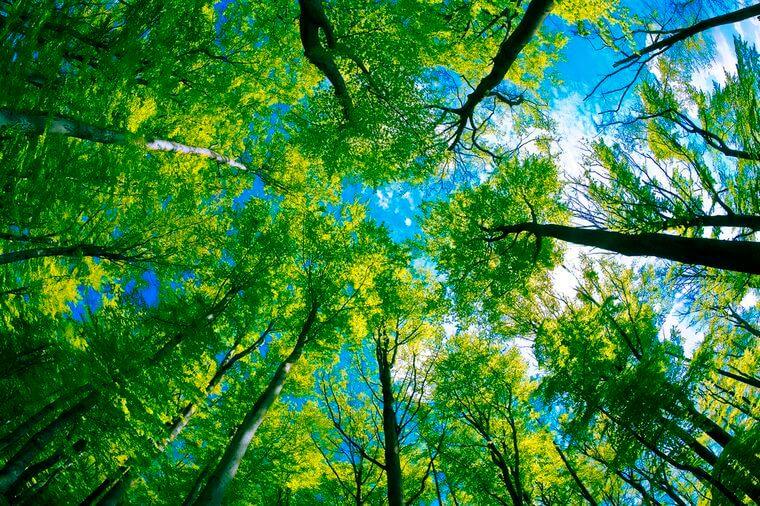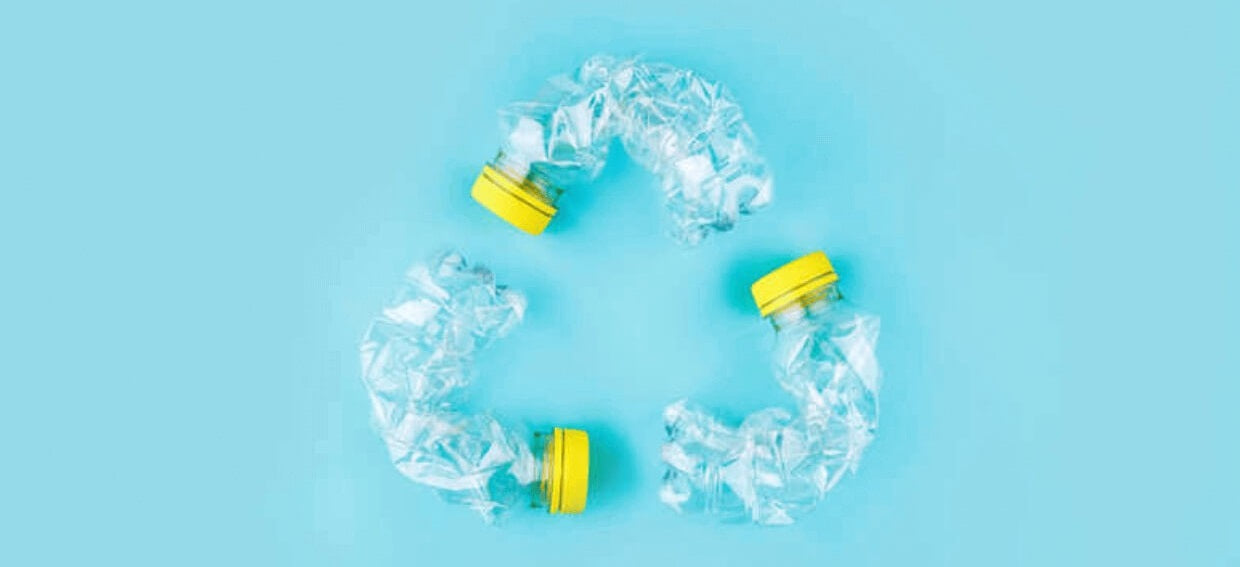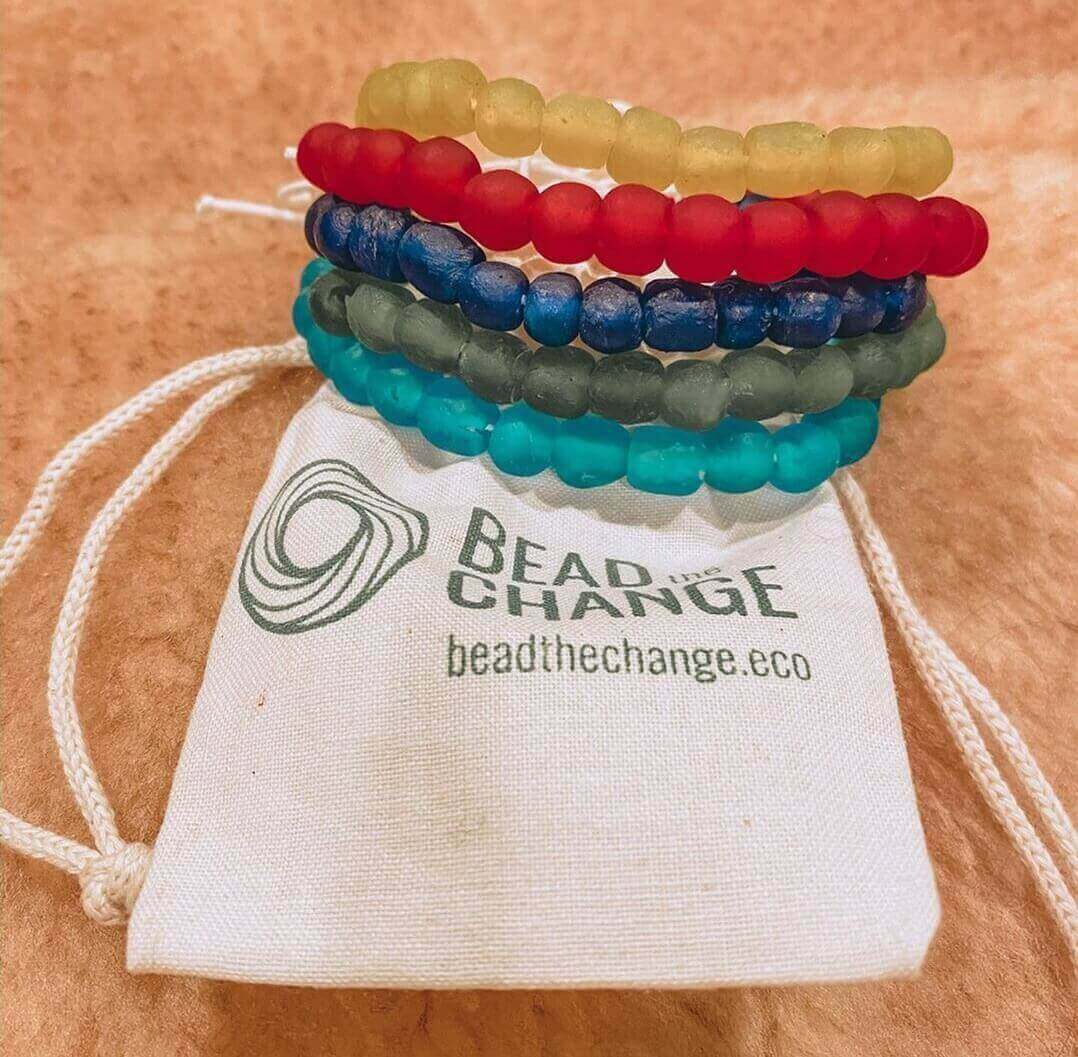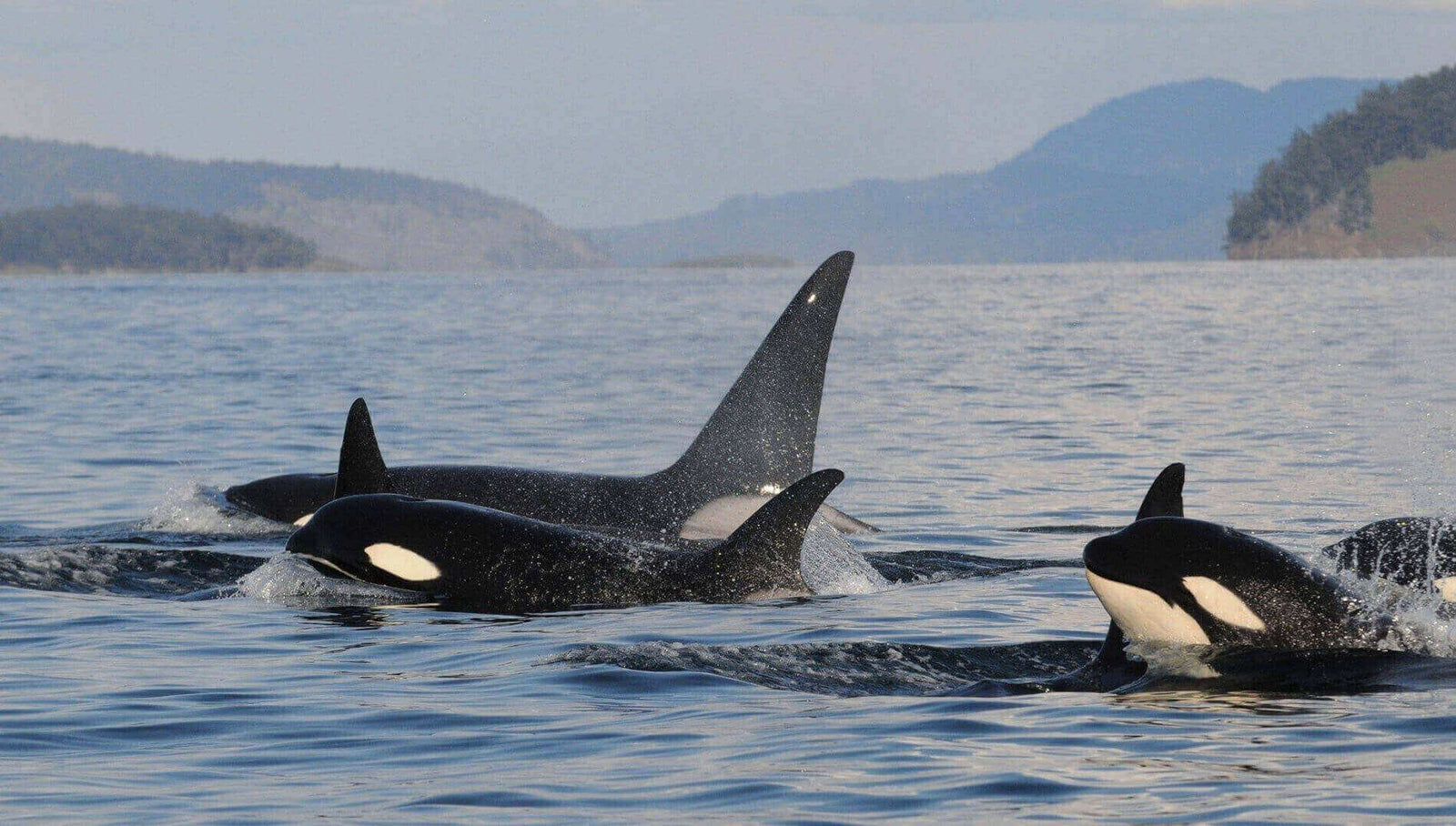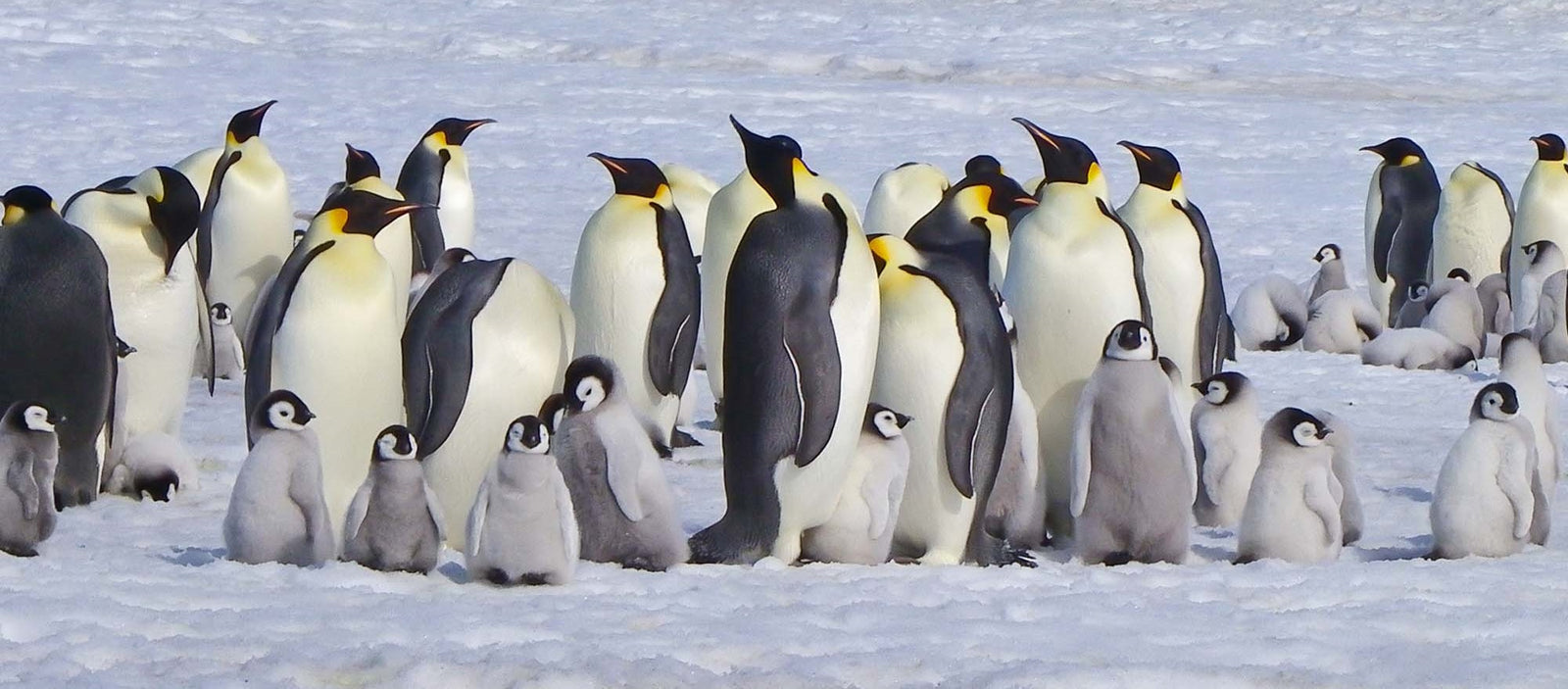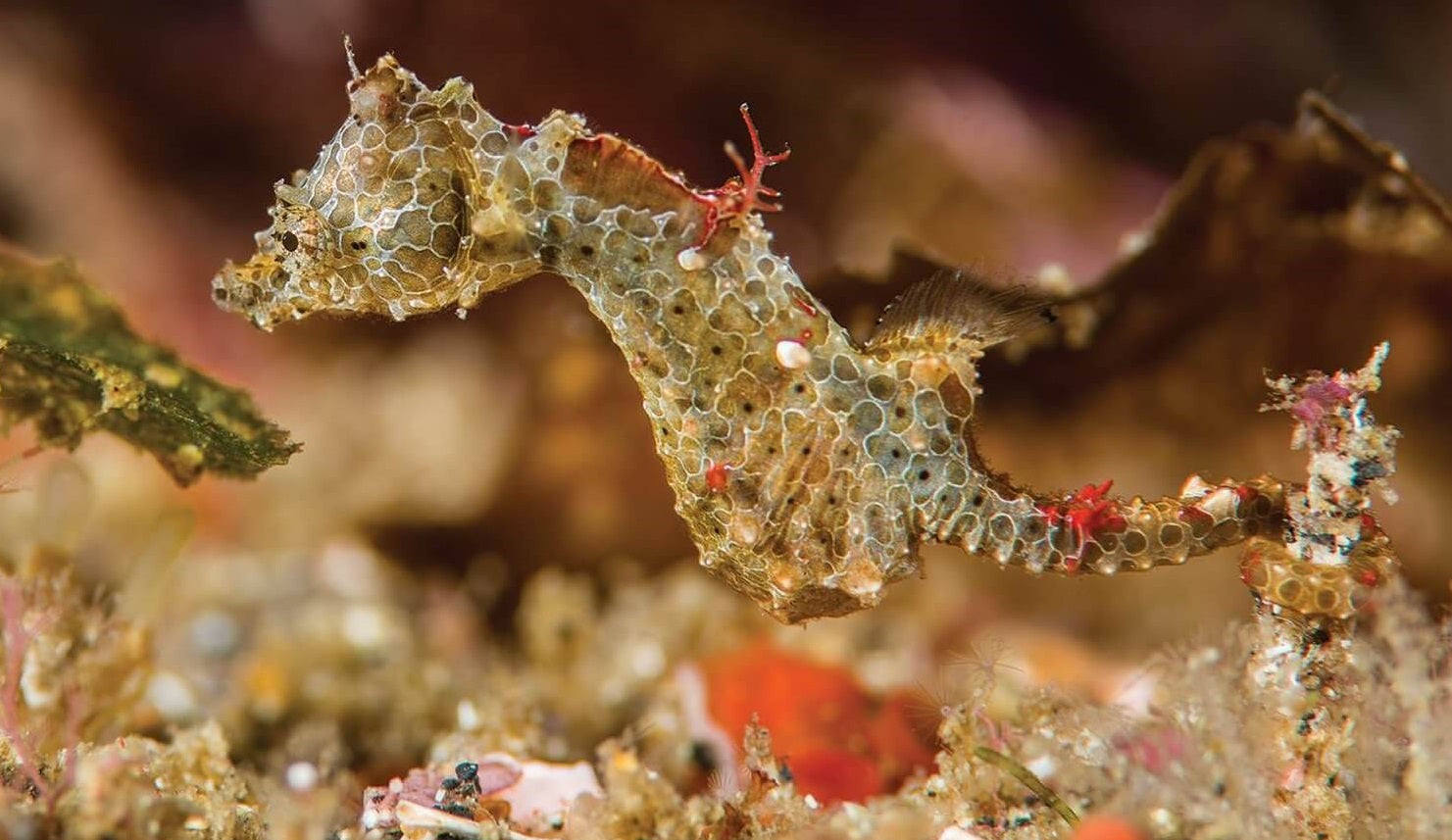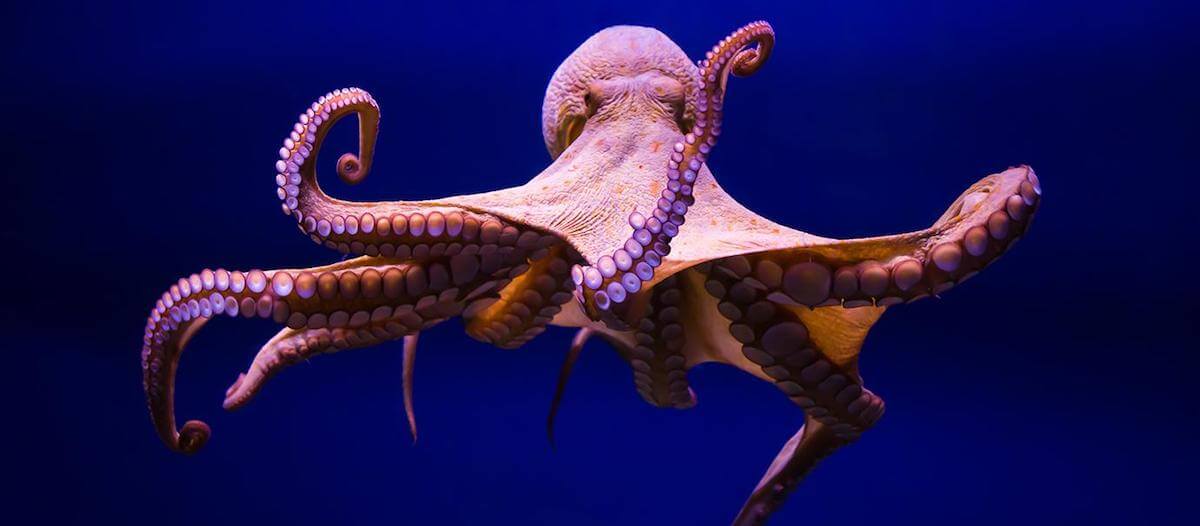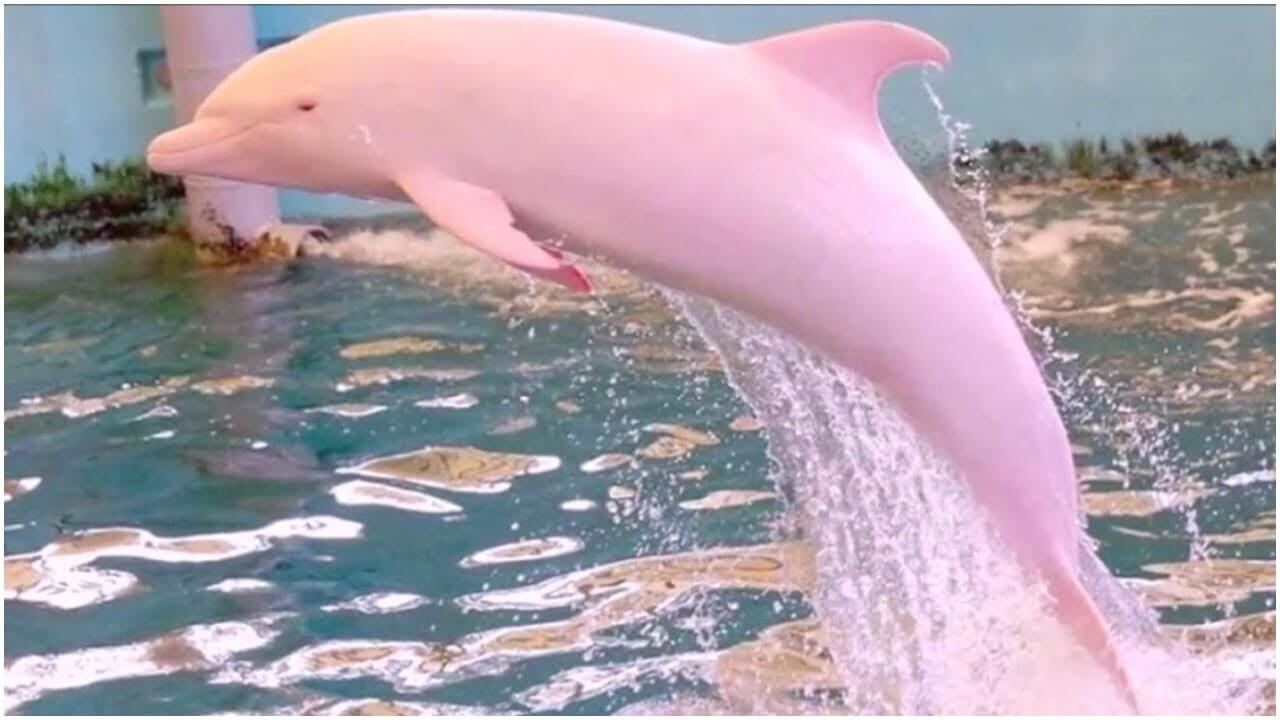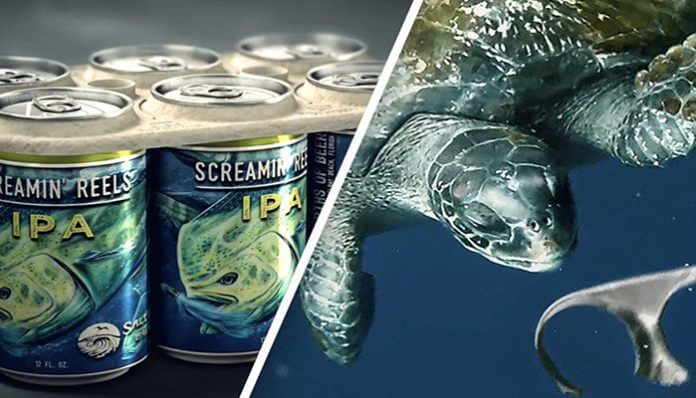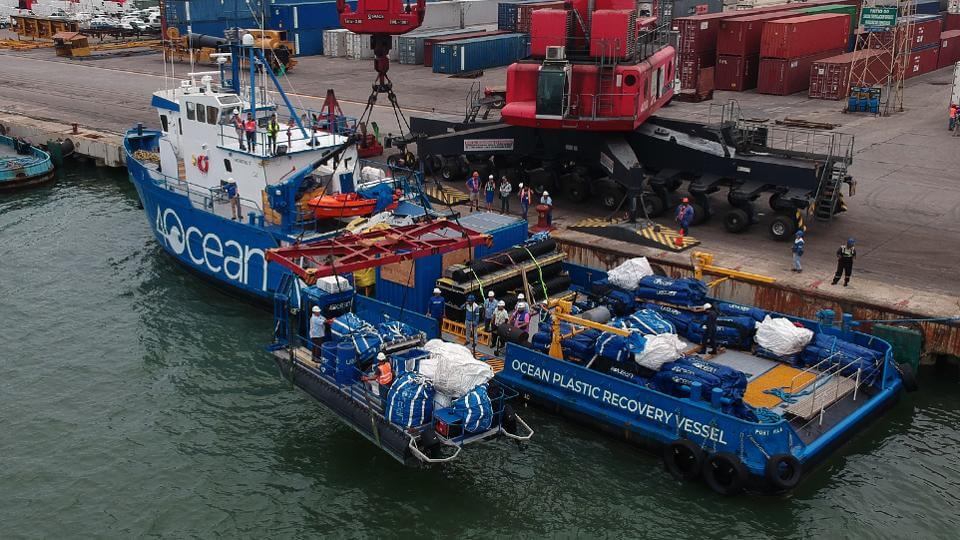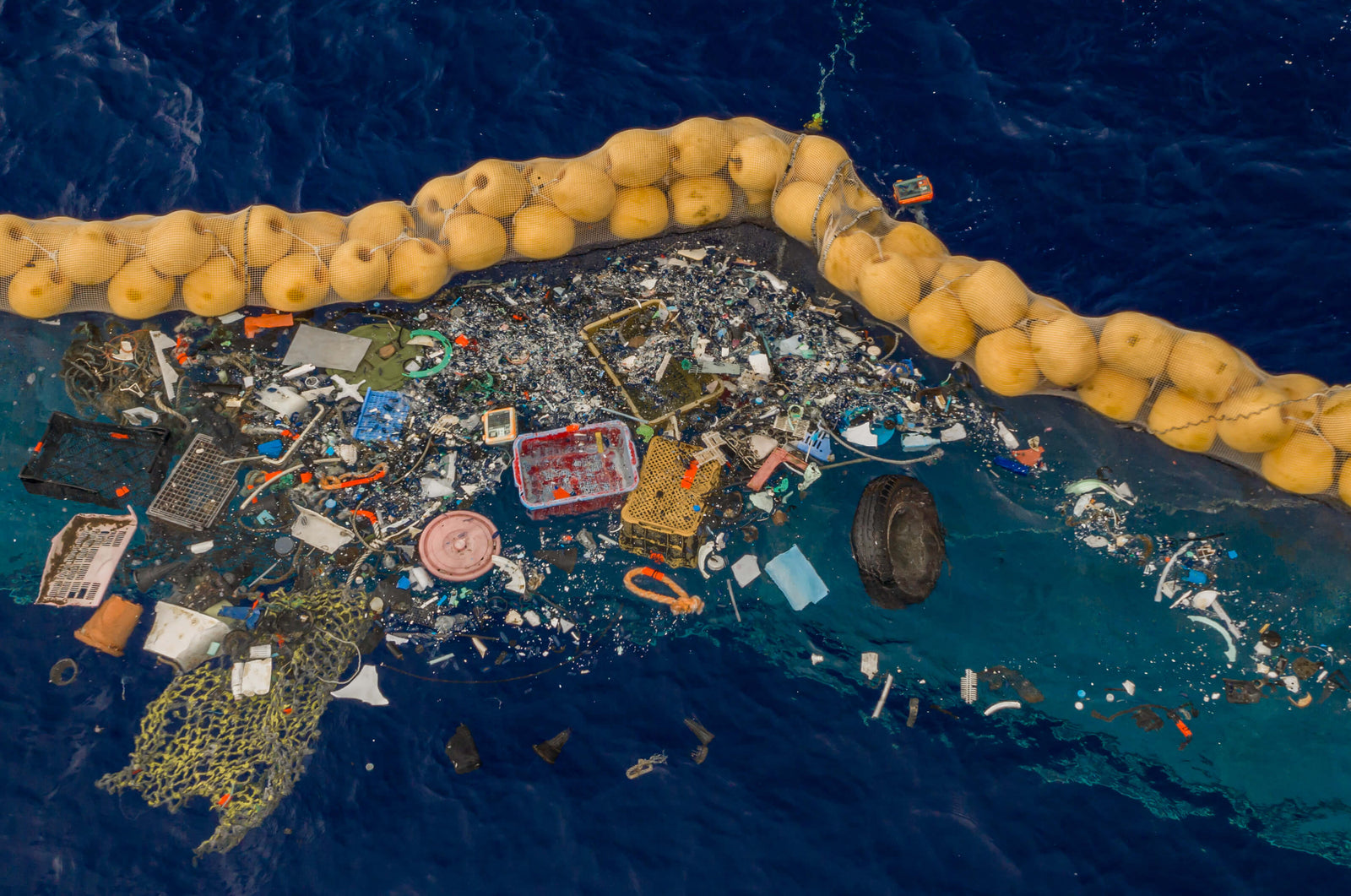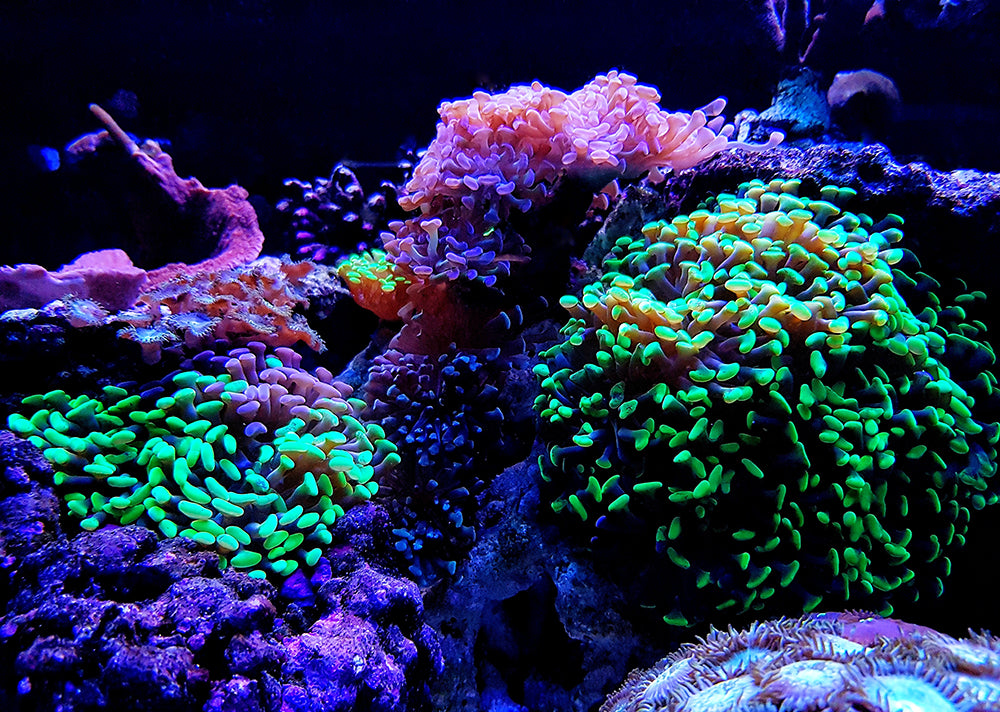Your Cart is Empty
Be the Change You Wish To See In The World!!!
In short, ethical fashion works toward the social good of society. It takes into account the workers who make the clothing industry possible. This includes everyone from the farmers who grow the fabric to the garment workers who stitch the pieces together. These efforts go beyond the surface we see as consumers. Rather, social good is deeper than the public image. A brand must take care to ensure fair wages, maintain fair trade certifications, and provide healthy working conditions. The ethically responsible brand invests in its people as much as it does its product, if not more so.
Now, you never have to tuck your jewelry away because it needs a deep cleaning. You can keep your jewelry sparkling yourself using eco-friendly cleaning agents you probably already have around the house.
Here are a few cleaning options that don’t involve harsh chemicals.
PET and rPET reduce the amount of plastic circulating the planet, and it offers other advantages for manufacturers and consumers alike. What makes rPET readily recyclable is that it can be used again and again by washing and then re-melting it. In fact, about 1.5 billion pounds of PET containers and bottles are recovered in the U.S. annually, making it the most recycled plastic in the country. Just about all municipal recycling programs in Europe and North America accept PET plastic.
To support this idea, the 2018 International Panel on Climate Change reported that the best way to halt climate change is to plant trees. While cutting our emissions is part of the solution, we must make up for all the trees lost to deforestation. Globally, we need to plant over 1 billion hectares (2.5 billion acres) of trees to keep Earth from warming beyond 1.5ºC.
In the United States, eight of the ten most commonly polluted plastic objects are not recyclable at all, at least not by the U.S.'s municipal recycling system. That includes food wrappers, utensils, and other single-use plastics. Just like the global statistics, over 90% of America's plastic waste never gets recycled.
What began as a backpacking trip across Asia became a life’s mission to affect change around the world. Bead the Change is beyond one person’s vision now. We are a growing organization that is bringing awareness and environmental change through bracelets for a cause. Our world is amazingly beautiful, complex, and much smaller than we think. It’s up to all of us to care for it as well as the species that inhabit it with us.
Orca grandmothers who were post-menopausal (meaning unable to reproduce) improved the chances of survival for the calves because they, like human grandmothers, have time to tend to the younger ones. They also assisted in finding food when it was scarce. For instance, the research showed that post-reproductive female orcas were knowledgeable at finding salmon when it was it was in low supply. Because salmon populations are declining, the role of the grandmother killer whale will become more important.
Chemists from the Slovenia National Institute of Biology are studying barrel jellyfish. They are especially interested in the mucus they secrete. The secretions are a reaction to stress, as a way for the body to protect itself. The institute is working on a prototype filter for treatment plants that’s made partly of jellyfish mucus. They feel that the mucus, which is a viscous liquid, can trap microplastic particles.
The pygmy seahorses are about the size of a single grain of rice, which is only about 15 millimeters in length. They have a flat shape and kaleidoscopic coloring, which helps them disguise themselves as bits of seaweed. The coloring is beautiful if you can get close enough to see it. Some have described it as a paisley pattern.
Researchers identified four of the great whites that they previously caught and tagged. The largest of them was Luna, who was 15 feet long and weighed 2,137 pounds. She is the largest great white shark that OCEARCH has ever caught and tagged since they were founded in 2007.
Like Heidi, all cephalopods have sacs of pigment within their skin, which are called chromatophores. They can expand or contract, each making a pixel of color. Octopuses change color to blend in with their environments. They also use color to communicate with one another. That means they change colors intentionally. When they do, hundreds of thousands of those chromatophores flicker under the skin.
Dolphins face an ever-increasing threat of plastic in their habitat. Amid this sobering crisis, there is hope that motivates us to defend these beautiful creatures. One such example is a pink dolphin named, of course, Pinky. Pinky is a celebrated, rare pink dolphin in the wild who recently gave birth to a pink calf.
One brewery in Florida has found an ingenious way to combat one small piece of this global epidemic. They have developed six-pack rings for their beer that are not made of plastic. Further, they claim to feed turtles instead of killing them.
Since its inception in 2017, 4Ocean has pulled almost 9 million pounds of trash from the ocean. Cleanup efforts remain in full swing in Florida, Bali, and Haiti. In 2020, 4Ocean is expanding operations to Central America, another area suffering such extreme marine pollution that it's been dubbed the “trash islands.”
